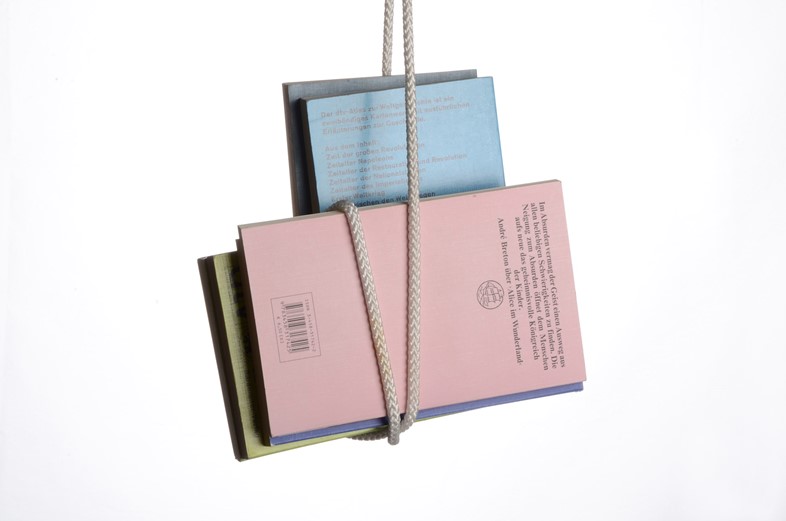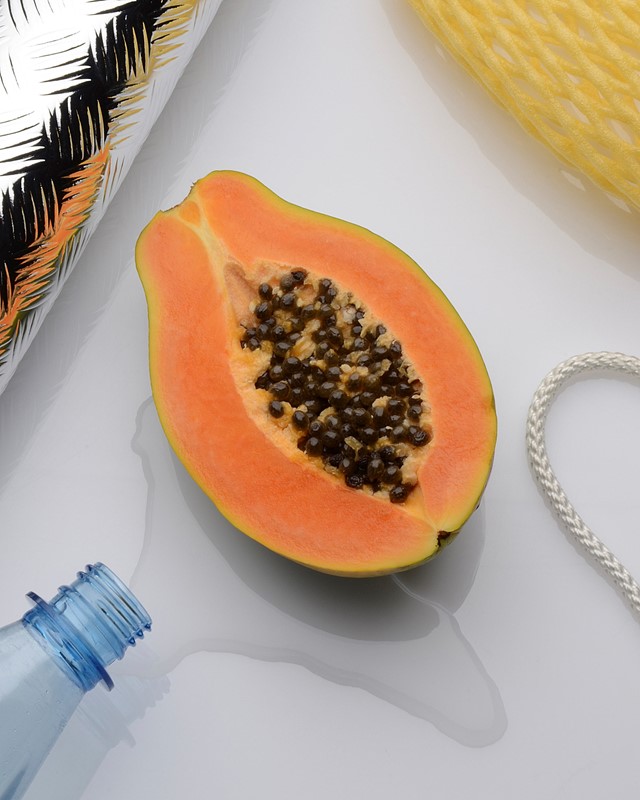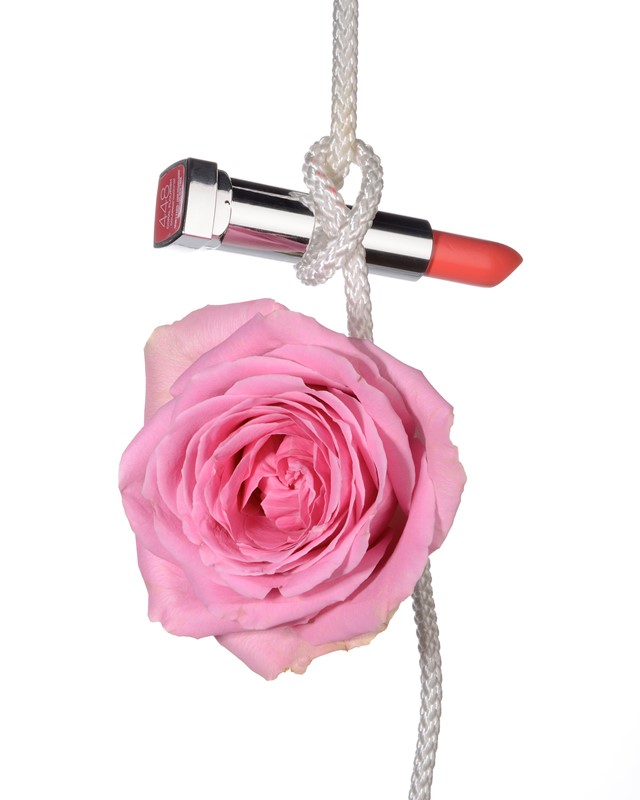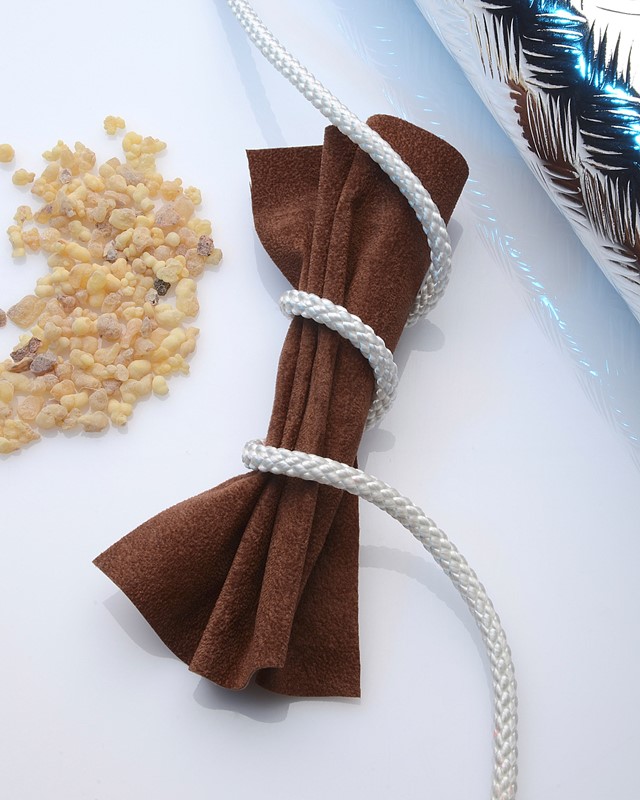Lipstick to leather, babies to books: AnOther presents a visual examination of the chicest and most curious perfumes
Often a concept perfume falls short of expectations – scents inspired by the unconventional can often feel forced or unwearable – but when they work, they can really work. Combining bizarre ingredients is a relatively modern phenomenon to the industry but the development of fragrance technologies over the past decades has been remarkable. In 1980, something called Headspace was developed to identify the fragrance molecules that surround an object, and thus allowed for the perfect recreations of every scent imaginable.
Ever since, fragrance companies like Takasago and Givaudan have worked on perfecting their own equivalents and the traditional conception of perfumes and their ingredient combinations have been subverted. As Lizzie Ostrom explains in Perfume: A Century of Scents, "Back in 1900 we were being sold violet perfumes made using synthetic ionones – a flower made flesh; now we can take apart the olfactory phenomena of our post industrial cities and have them put back together again, trapped within a bottle." In 2015, everything is possible – and so here, we explore some of the greatest unconventional perfumes around, accompanied by Antje Peter's visual examination of their ingredients.

Library, CB I Hate Perfume
Perfumier Christopher Brosius describes reading as "the most important element of my life," explaining that "so much of who I am, what I've discovered and what I know began with a book. Indeed, even becoming a perfumer started in the main reading room of the New York Public Library." Thus, his Library scent is one that is distinctly personal to him and simultaneously to anyone who has ever opened a new book and smelled its pages – but as Brosius explains, "newly printed books certainly smell very different from older ones. Their ink is so crisp though the odor of their paper is so faint. Older books smell riper and often sweeter." The Library scent is particularly inspired by Russian and Moroccan bindings (in particular, one of Brosius' own books from 1917) and, communicated through a smoky leather scent presented alongside wood polish and something somewhat musky, the result is bizarrely comforting for anyone who considers curling up in a library tantamount to one of life's greatest joys.

Pulp, Byredo
Sometimes (very occasionally) someone concocts a scent that is so wonderfully familiar that it is almost unnerving – and Byredo's Pulp is one of those. Somehow, the cult brand have managed to bottle the scent of just-gone-overripe fruit – peaches, blackcurrants, figs – for a perfume that evokes the fragrance of a fruit salad left out in the sunlight, left to go sticky in the heat. Inspired by a "ripe, sweet, shapeless mass of fruit," its impact could be saccharine but instead, underlined by a base of cedar and blossom, evokes something distinctly green and natural; it is far more dusky summertime picnic than syrupy fruit salad.

Lipstick Rose, Frederick Malle
Inspired by the scent of his mother's lipstick, Frederick Malle's Lipstick Rose is perhaps one of the world's most renowned fragrances borne of an unconventional inspiration. Created by Ralf Schwieger, it combines violet and rose with a musky vanilla base for a sweetness that smells indisputably cosmetic. "Marilyn in Technicolor," is how the brand describes the concoction, "vulnerable, even brash" – and it is this dichotomous notion of femininity, combining the artificial and the organic, that the powdery rose proudly speaks to.

Resin Sacra, Tom Daxon
Tom Daxon is very young as far as perfumers go - but, having been born into an industry family, he literally grew up wandering around perfume laborotories (in fact, he met the woman who now runs the lab that produces his scent when he was only four years old). Thus, in spite of his age, he has a brilliantly developed understanding of the depth of fragrance, something proven within Resin Sacra which combines frankincense with suede accord for a resinous, and richly ecclesiastical scent that wears without the heaviness of so many church-y fragrances.

Ambrette, Le Labo
"We believe that there are too many bottles of perfume and not enough soulful fragrances," proclaims Le Labo, "we believe fine perfumery must create a shock – the shock of the new, combined with the shock of the intimately familiar." And that is exactly what the New York-based label has achieved with Ambrette, which combines amalfi lemons with musk mallow (ambrette) and amber: a brilliantly natural yet powerfully evocative scent. Originally intended for mother and baby duos (there is an alcohol-based version for mothers and water-based for babies), it actually smells, bizarrely, a bit like smelling a baby's head: delicious.
